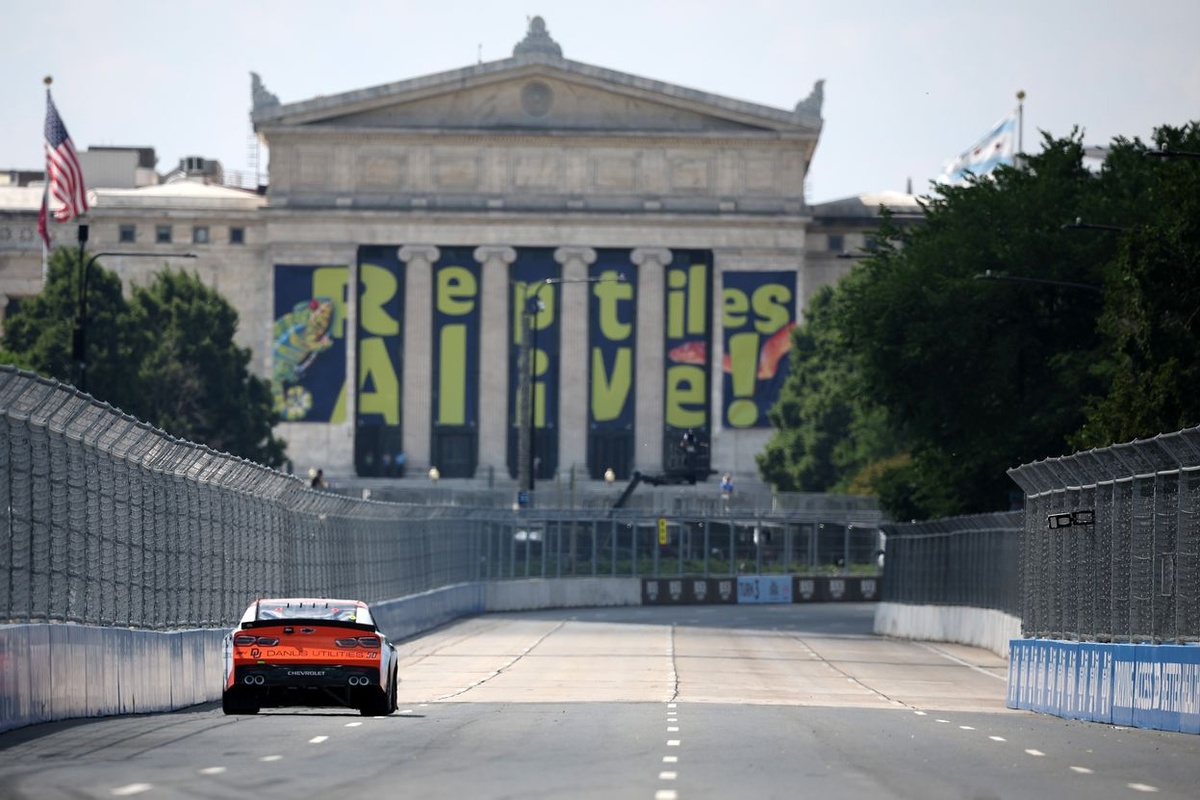
At the NASCAR Hall of Fame for the 2025 edition of the Racer's Forum, industry giants discussed what it takes to engage new fans and get them to connect with the modern stars of the sport.
In a candid discussion, leaders from NASCAR and its broadcasting partners opened up about how and why they’re planning on bringing NASCAR to a whole new generation of fans.
To start with, making household names out of its current driver roster is something NASCAR has been trying to focus on, but it's still nowhere near the levels of stardom enjoyed by names like Earnhardt, Gordon, and Stewart.
Crucially, NASCAR knows its past stars are instantly recognizable — and is using a specific kind of content to reach new fans with these established names, races, and events: the docuseries.
Using docuseries to reach new audiences
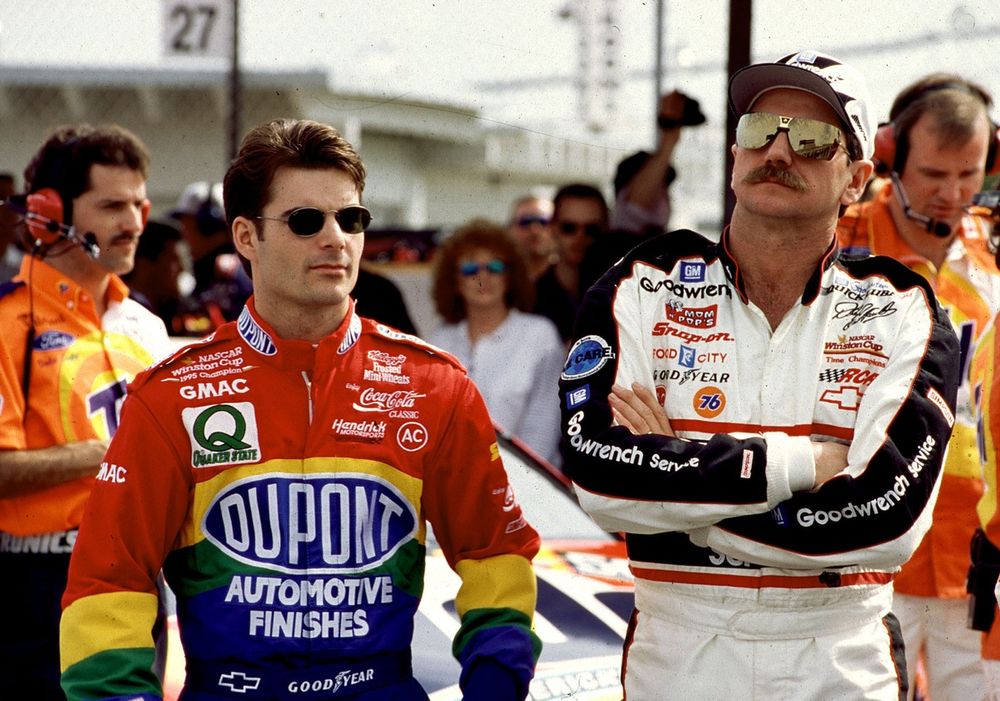
A huge part of this push to reach new audiences has been docuseries, which follows Drive to Survive and the incredible boost it gave F1 stateside. NASCAR has not been standing still in that regard, working tirelessly to curate new content that diehards will love and casuals can find interest in.
“I think the surge in docuseries that we’ve seen, whether it’s (F1) Drive to Survive, (NASCAR) Full Speed, Earnhardt – I think it does a really good job of balancing that engagement with the current avid fan and also kind of bringing in new fans, and introducing them to a sport that they otherwise would not be introduced to," said said Jessica Forrest (Group Vice President, Nielsen Sports). "Ideally, those new viewers to that docuseries are then tuning into NASCAR races."
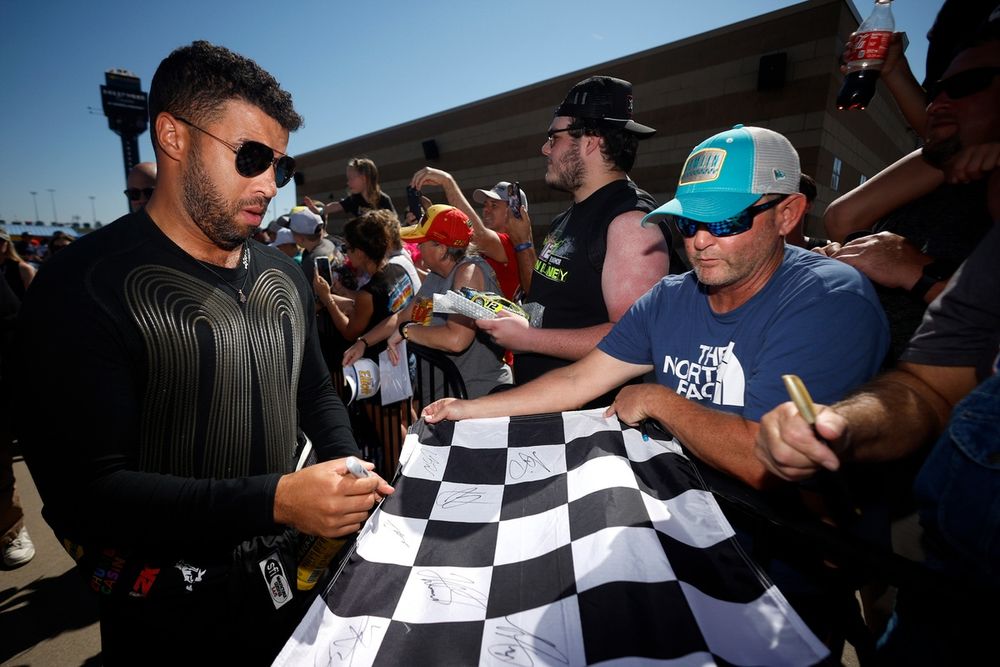
Forrest noted how they can actually track these viewers that watch the docuseries and then see if they chose to watch the races after that.
“It does a really good job engaging the old fan and also bringing new fans to the sport," she claimed, referencing data that showed 15% to 25% of new fans watching Earnhardt decided to tune into a race.
The first few weeks of Earnhardt on Prime Video was extremely successful, even eclipsing viewership numbers for Netflix's Drive to Survive series.
Brian Herbst (EVP, Chief Media & Revenue Officer at NASCAR) added to that, claiming 90% of those who watched NASCAR: Full Speed, which was DTS-style show for NASCAR that recapped the championship battle, had not actually watched a single race during the NASCAR Playoffs.
Show up in unexpected places

Another area of focus is showing up in unexpected places in order for greater visibility. Herbst used HBO Max as an example and how there is very little crossover between the NASCAR fanbase and fans of White Lotus, and yet, there were an ad for the in-car cameras leading into the Emmy-winning drama. Another example was someone simply trying to shop for common household items on Amazon, only to be hit with a promo for an upcoming NASCAR race.
“That is an intentional strategy, to try and show up in places that are unexpected,” commented Herbst.
NASCAR has taken that beyond just marketing, bringing the sport itself to surprising locations in an effort to attract new audiences. We saw it with the Chicago Street Course, The Clash inside the L.A. Memorial Coliseum, and this past year's Cup race at Autódromo Hermanos Rodríguez in Mexico City. Next year, all three national divisions plan to race on an active naval base in San Diego, which will be another first for the sport.
Give the fans someone to root for

"Serving the fan is at the core of what we do, and it’s not just the hardcore fan," said Anthony D’Inverno (VP Content Acquisitions, Warner Bros Discovery Sports). "The casual fan is incredibly important to all of us, and getting the casual fan with storytelling so they have something to grab onto and understand and root for is our responsibility. For us, part of that is within the broadcast, and having recognizable faces and voices that are covering the races like Dale Earnhardt Jr., right?"
In the first year of NASCAR's seven-year, $7.7 billion dollar TV media rights deal, these partners have already experimented with unique ways to reach new fans. For D’Inverno, part of that was utilizing Bleacher Report (BR), giving non-NASCAR fans “bite-sized pieces of the best stuff, and introducing them to future stars or current stars."
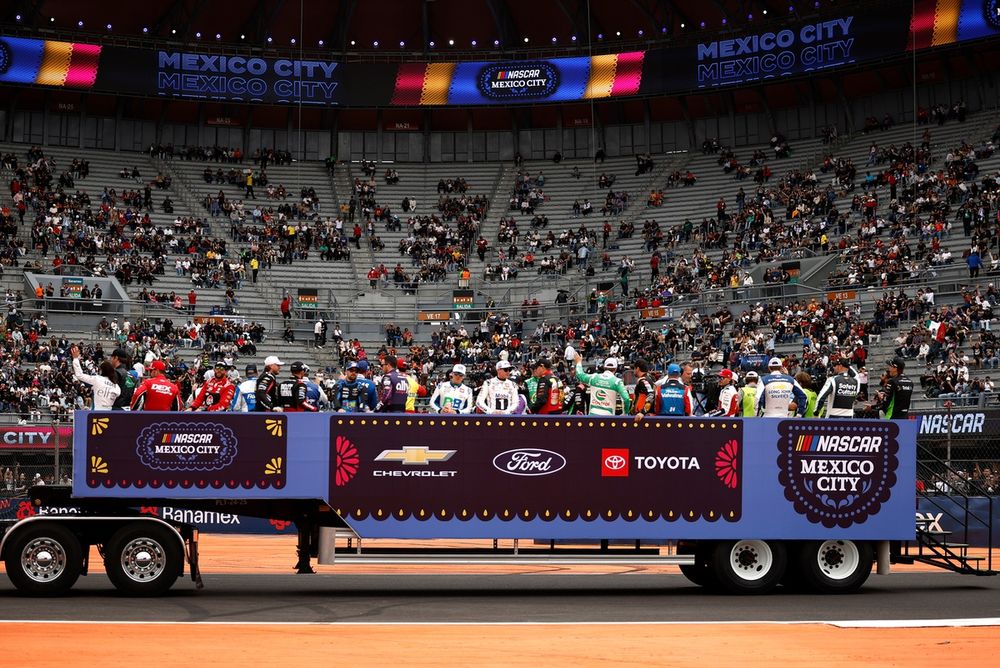
BR is something they want to use more of in the years to come as part of a strategy to engage new and younger fans. He noted that 75% of those viewing BR highlights are under the age of 34.
"It’s a great testing ground for what can work on a greater scale.”
Broadcast partners want to showcase the personalities under the helmet, and work to let people see who they are as people in hopes of creating more relatable stars. The goal is fairly straightforward, getting the casual fan to think “that person is very compelling and if I come across them in a race setting in the future, that’s someone to root for," as D’Inverno stated.
He later added: "The idea from a storytelling perspective is to serve everyone where they are and allow them to grow into a fan of that sport.”
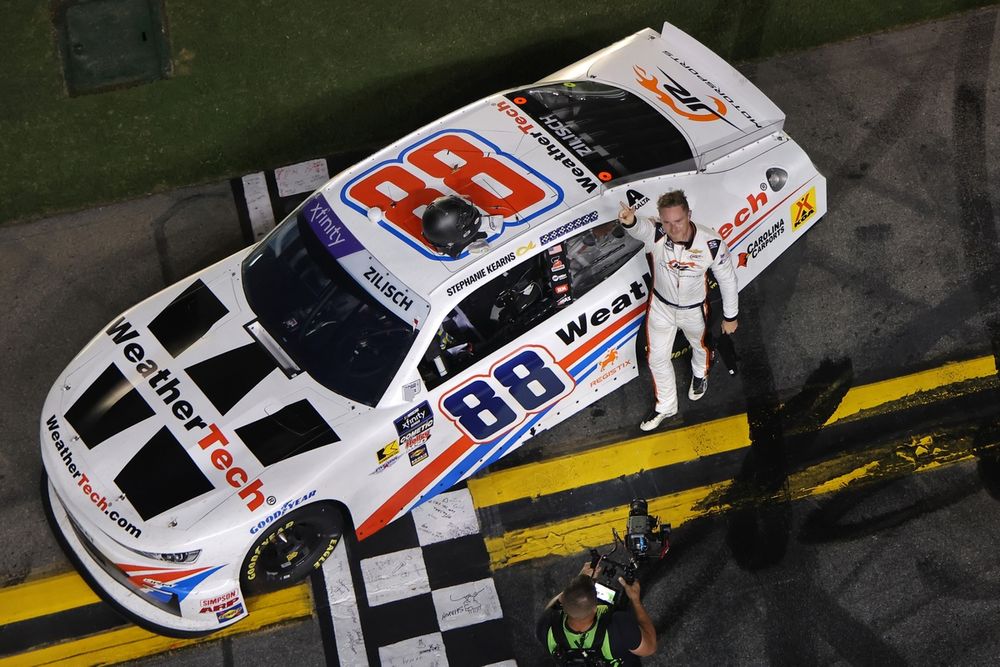
Alex Strand (Sr. Coordinating Producer, Prime Video) also chimed in, admitting that while it is difficult to tell the story of every driver in the field, he considers it a ‘big responsibility’ for them as the broadcaster to find a way.
“We’ve talked internally, we’re a small team," said Stand. "We do NBA, we do NFL, we do NASCAR and we talk to each other about how we want to approach each of these sports. One thing we keep looking back to is the access NASCAR provides. It’s pretty unbelievable when you compare it to the other majors. It’s something that sometimes when you’re in the mix, you kind of take it for granted. It’s so powerful from a storytelling perspective, and the access needs to continue to happen because that’s the only way to properly tell the stories of these drivers.”
And in the end, it doesn't matter if they have a positive or negative reaction to the driver -- as long as they feel something, so fans "get the ability to relate to them, and get excited about them or dislike them. Something that then gives them a feeling when they’re watching the race. It’s critically important.”








Read and post comments